About That Story They Told You…
 I finished the first book on my 2011 reading list and as promised here’s my review of “Looking for Little Egypt” by Donna Carlton.
I finished the first book on my 2011 reading list and as promised here’s my review of “Looking for Little Egypt” by Donna Carlton.
So, did we find her? No. It turns out that the convenient pocket-sized story so many dancers are told about how Sol Bloom introduced America to bellydance by presenting Little Egypt at the 1893 Chicago World Fair is, shall we say, a misrepresentation. The facts are much more convoluted, and in some respects darker than the familiar anecdote. Orientalism as it played out on the Midway was mean and degrading. The display of world cultures seems to have been there primarily so that the fair-goers could reassure themselves of their superiority.
Carlton presents quite a bit of evidence in the form of historical photos, fair programs and posters as well as newspaper articles from the period. Her description of the site, together with the photos really help the reader appreciate the scale and grandeur of the exposition grounds. Her documentation shows that the Midway Plaisance entertainment included both authentic folkloric dancers (Ghawazee and Ouled Nail) brought from the Middle East and “hoochie koochie”-type dancers who were more titillation than tradition. What’s that you say…not much has changed?
“Little Egypt” is perhaps more accurately described as a phenomenon that lingered after the World Fair closed. Bands of performers traveled the country capitalizing on the success of the Streets of Cairo exhibit, spawning the traveling circus, burlesque and vaudeville. Ashea Wabe was the dancer who was most notoriously known as “Little Egypt” in the post-fair years but she was not ever part of the fair’s entertainment lineup. It was likely Farida Mazhar, a Syrian dancer, who was the controversial fair star, but she was never billed as “Little Egypt” on the programs.
Although that’s the main topic of the book, there are many other interesting side topics for the curious dancer. Political scandal, the origins of the raks sharqui style costume, the iconic and silly “bellydance melody” and how Ruth St. Denis got inspired. I won’t give it all away because I think this is a worthwhile read for any dancer that is interested in the roots of bellydance in America. It is essentially a research book- you’re not likely to find it a page-turner keeping you up into the wee hours of the night dying to find out what happened next- but it isn’t textbook dry either.

